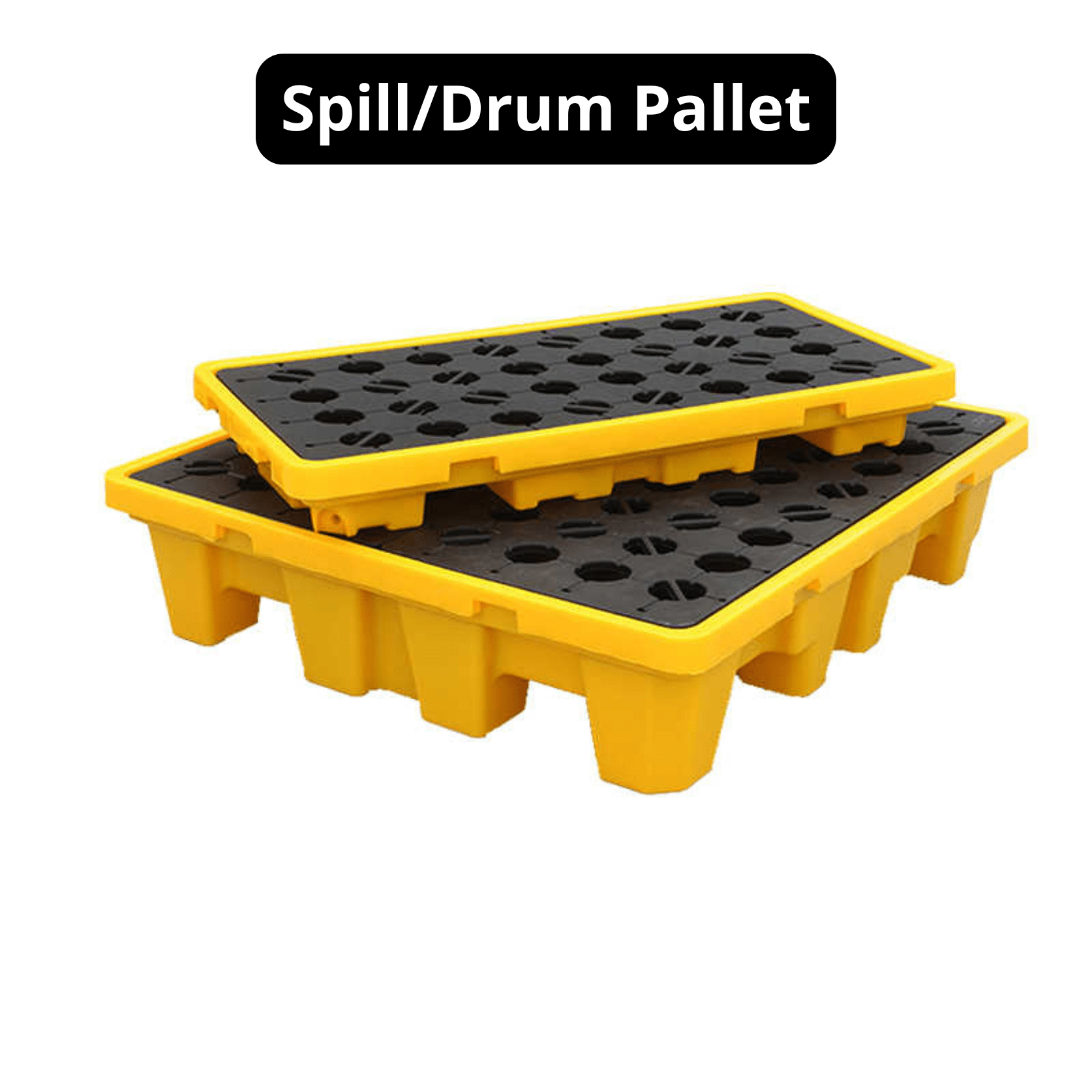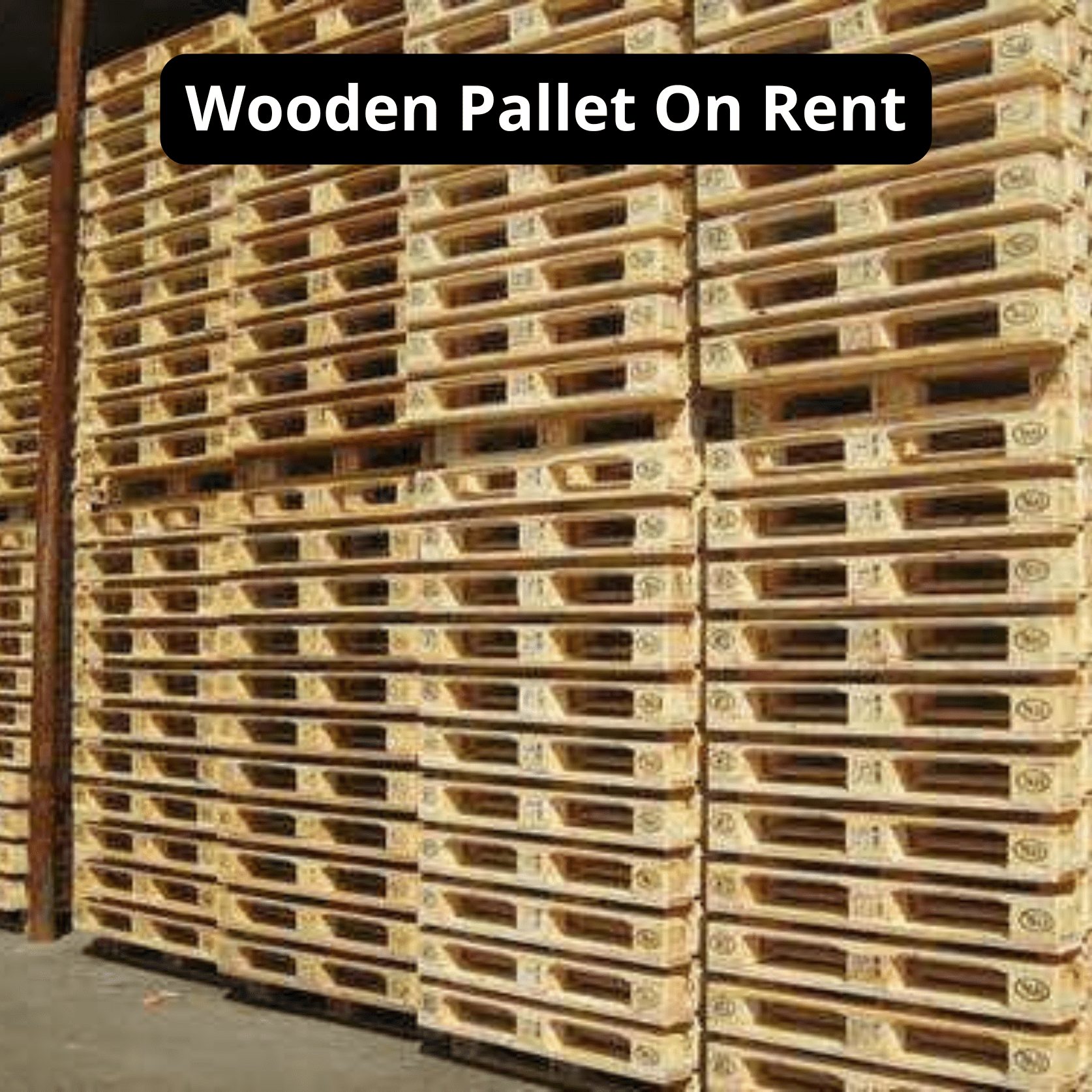In the dynamic world of logistics and material handling, selecting the right plastic pallet size is a critical decision that can significantly impact efficiency, cost-effectiveness, and overall supply chain performance. This comprehensive guide aims to provide you with insights into plastic pallet sizes, their importance, and how choosing the appropriate size can optimize your material handling processes.
Understanding Plastic Pallet Sizes
- Standard Plastic Pallet Sizes: Plastic pallets come in various standard sizes, with the most common being 48×40 inches. This standard size ensures compatibility with a wide range of industries, facilitating seamless integration into various supply chain systems.
- Euro Pallet Dimensions: In the European market, the Euro pallet is prevalent, measuring 1200×800 mm. Understanding these dimensions is crucial for businesses involved in international trade or working with European partners.
- Half and Quarter Pallets: For businesses dealing with smaller quantities or limited storage space, half and quarter-sized plastic pallets offer flexibility while maintaining the durability and versatility of their larger counterparts.
Choosing the Right Size
- Product Dimensions: Consider the dimensions of your products when selecting plastic pallet sizes. The pallet should provide ample support while ensuring that your products fit securely, minimizing the risk of damage during transportation.
- Storage and Warehouse Constraints: Evaluate your warehouse or storage facility constraints. Opt for plastic pallet sizes that maximize storage space utilization while accommodating the specific requirements of your facility.
- Weight Capacity: Assess the weight-bearing capacity of the plastic pallets in relation to your products. Choose sizes that can comfortably support the weight of your goods, preventing structural damage and ensuring safe transportation.
Benefits of Optimizing Plastic Pallet Sizes
- Increased Efficiency: Choosing the right plastic pallet size streamlines material handling processes, reducing the need for manual adjustments and improving overall workflow efficiency.
- Cost Savings: Optimizing plastic pallet sizes can lead to cost savings by maximizing storage space, reducing product damage, and enhancing overall supply chain performance.
- Environmental Sustainability: Utilizing appropriately sized plastic pallets contributes to environmental sustainability by minimizing material waste and optimizing transportation, ultimately reducing the carbon footprint of your logistics operations.
- Plastic pallet sizes
- Standard plastic pallet dimensions
- Euro pallet dimensions
- Half and quarter pallets
- Choosing the right pallet size
- Warehouse storage optimization
- Material handling efficiency
- Cost-effective pallet solutions
- Environmental sustainability in logistics
- International trade pallet considerations
Conclusion
In conclusion, the selection of the right plastic pallet size is a crucial aspect of efficient material handling and supply chain management. By understanding standard dimensions, considering product specifics, and evaluating storage constraints, businesses can unlock greater efficiency, cost savings, and contribute to sustainable logistics practices. Make informed decisions about plastic pallet sizes, and witness the positive impact on your overall operational success.












